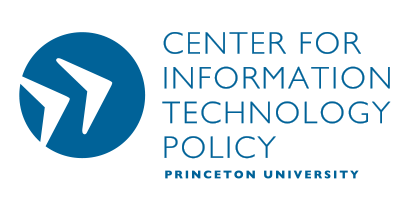A group of Californians has filed a lawsuit in state court against voting machine vendor Diebold, in advance of the March 2 primary election.
The complaint asks the court to order Diebold to do three main things: (1) to refrain from further violations of state election laws and regulations, such as installing uncertified software for use in elections, (2) to implement the stopgap security measures recommended by the Raba report, in time for the March 2 primary election, and (3) to implement the longterm security measures recommended by the Raba report or else to withdraw the Diebold systems from use.
